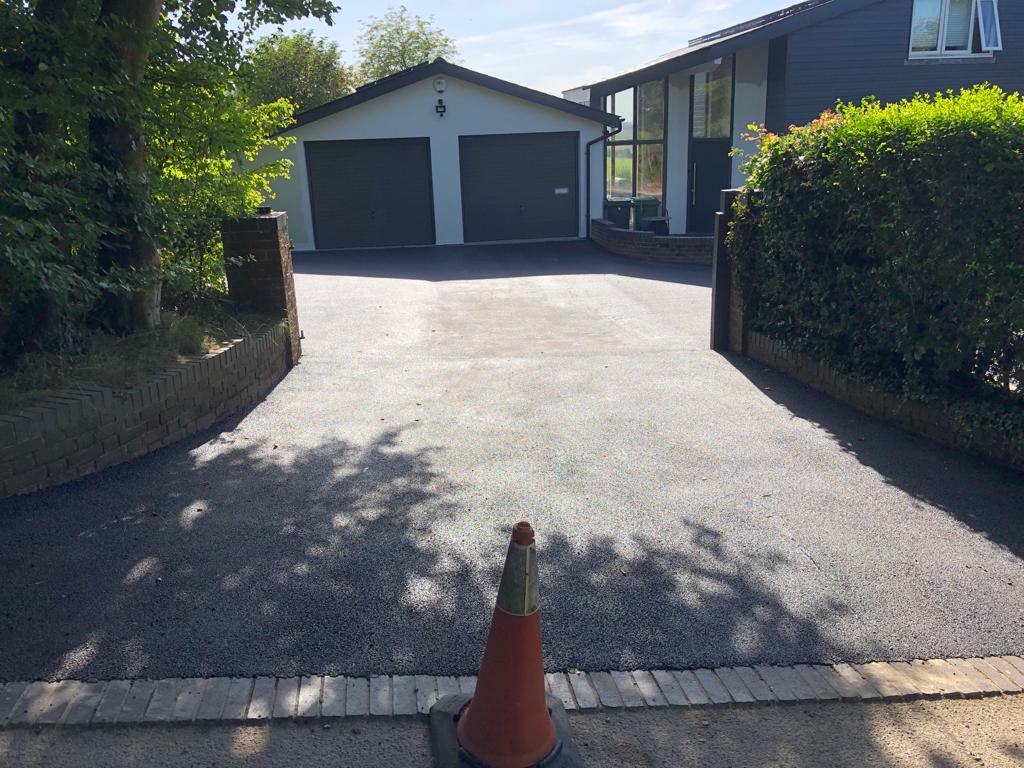Asphalt surfaces are designed for durability, but over time, they experience wear and tear due to weather conditions, traffic, and general ageing. Ignoring early signs of damage can lead to costly repairs and safety hazards. Property owners in Doncaster, VIC, should be aware of the key indicators that their asphalt surface requires professional attention to maintain its integrity and functionality.
1. Cracks Forming on the Surface
Cracks are one of the most common issues with asphalt surfaces and should not be ignored. While small cracks may seem minor, they can quickly expand due to water infiltration and temperature fluctuations.
- Hairline Cracks: Early-stage cracks that can be sealed to prevent further damage.
- Alligator Cracking: A network of interconnected cracks resembling reptile skin, often indicating structural weakness.
- Edge Cracks: Found along the borders of the asphalt, usually caused by poor drainage or soil erosion.
2. Fading and Discolouration
Over time, UV exposure and harsh weather conditions can cause asphalt surfaces to fade from deep black to a dull grey. While this may seem like a cosmetic issue, fading is often a sign that the surface is losing its protective oils and becoming brittle.
- Impact of Fading: Reduces flexibility, increasing the risk of cracking.
- Solution: Sealcoating can restore the surface’s appearance and provide UV protection.
3. Potholes and Surface Deterioration
Potholes are a serious hazard that can damage vehicles and pose safety risks to pedestrians. They form when water infiltrates cracks, weakens the base, and creates voids that collapse under traffic pressure.
- Why Potholes Need Immediate Repair: Prevents further expansion and costly resurfacing.
- Repair Options: Pothole patching for minor cases or resurfacing for extensive damage.
4. Drainage Issues and Water Pooling
Standing water on an asphalt surface indicates drainage problems, which can accelerate deterioration. Poor drainage allows water to seep into cracks, weaken the base, and lead to structural failure.
- Common Causes: Improper grading, clogged drainage systems, or settling of the subbase.
- Prevention: Ensuring proper drainage channels and regular maintenance to prevent water buildup.
5. Uneven or Warped Surface
An uneven asphalt surface is a sign of deeper structural problems. Warping or depressions often result from heavy vehicle loads, subbase instability, or poor installation.
- Effects of Uneven Asphalt: Increases water retention and trip hazards.
- Recommended Action: Professional resurfacing or full-depth reconstruction.
6. Loose Aggregate or Surface Erosion
If you notice loose gravel or fine particles on your asphalt surface, it may be a sign of wear from traffic or exposure to the elements. This can lead to further surface degradation if left unaddressed.
- Common Causes: Loss of binder due to ageing or poor initial installation.
- Solution: Applying a fresh sealcoat or resurfacing for long-term protection.
Conclusion
Regular inspection and timely repairs are essential to maintaining a high-quality asphalt surface. If you notice cracks, fading, potholes, or drainage issues, it’s time to seek professional attention before the damage worsens. For property owners in Doncaster, VIC, investing in asphalt maintenance ensures safety, longevity, and cost savings in the long run. Contact Doncaster Road Tech today to discuss tailored solutions for repairing and preserving your asphalt surfaces.
Call us on: 03 9068 7895
Click here to find out more about Doncaster Road Tech
Click here to complete our contact form and see how we can help with your driveways.

